 Your new post is loading...

|
Scooped by
Marteq
|
1. Single Option Aversion
You’ve probably heard of “the paradox of choice”, the theory that if you are presented with too many options, you are less likely to make a decision. Well, it turns out that most experiments attempting to replicate that effect don’t actually find it. The effect may be real, but it seems to only occur in idiosyncratic circumstances that nobody yet fully understands. So while it’s certainly important for landing page design to be simple and clear, it’s almost certainly a bad idea to give your consumers too few options, especially only one.
2. Opportunity Cost
When the clock was ticking, the participants used “lexicographic choice,” i.e. they compared options by their most important attributes first, then by the second most important attributes, and so on. What does this mean for landing pages? You need to determine what your most important differentiators are, how consumers are comparing products, and make sure that those differentiators stick out as soon as users hit your landing page.
3. Hyperbolic Discounting
This is an effect that has been replicated in a wide variety of experimental designs. Put simply, we humans have a bias for the present. A dollar today is worth more than two dollars next month. According to research by George Ainslie, people prefer “smaller sooner” rewards over “larger later” rewards. We will take $50 today over $100 in six months, even though we won’t take $50 in three months over $100 in nine months, even though this is just the same choice viewed from a distance of three months.

|
Scooped by
Marteq
|
Highlights of the show include:
--How Roger Dooley, author of Brainfluence: 100 Ways to Persuade and Convince Consumers With Neuromarketing, defines neuromarketing, the different types of neuromarketing, and how large and small businesses take advantage of the different types.
--Some of the principles of why neuromarketing techniques work, including social proof, authority, and reciprocity.
--Roger’s thoughts on case studies, emotions, and the words that potential customers and marketing professionals use.
--Why it’s important to understand your target buyer’s unconscious needs as well as their conscious needs.
--Roger’s best tips on building trust with your audience.
--How to turn your fans into buyers and how to create effective calls to action.
--Roger’s advice to a marketer who is just starting out in learning about and implementing some neuromarketing techniques.

|
Scooped by
Marteq
|
Neuromarketing can become a great tool in web design and marketing if it is wisely used. We have conducted a research tha

|
Scooped by
Marteq
|
To understand the impact of imagery and messaging in positioning the National Trust membership, the team undertook research using:
EEG (brain monitoring) to understand relevance.
GSR (physical response testing) to understand activation.
Eye tracking to evaluate whether the messaging grabbed people’s attention.
Dr Cristina De Balanzo shared some very useful insight into what makes a memorable creative execution. In essence, simplicity is key, but to add some further detail:
Our brains like simple communications as this aids processing fluency (i.e. the ease with which information is processed).
The easier something is to process the more impact it can have on people’s judgements and the more likeable it is.
Executional elements like contrast, redundancy or symmetry can increase this processing fluency.

|
Scooped by
Marteq
|

|
Scooped by
Marteq
|
Find out how to make sure your website redesign is a success.

|
Scooped by
Marteq
|
The rule of thirds is one of the first principles that all graphic designers, videographers, photographers and other creative roles learn. It’s a basic guideline for framing and image composition that results in the viewer seeing a balanced, more naturally flattering image.
To apply the rule, take your image and divide it into three parts vertically and again horizontally (it should look similar to a tic-tac-toe board.)
The rule states that the audience’s eye is naturally more drawn to the areas of the image nearest the intersection points. So, when you’re designing an image for a landing page, a social post, a PowerPoint slide, or even if you’re shooting a video, be sure to put the most important pieces of your image near these intersection points.

|
Scooped by
Marteq
|
Hack #1: Visual simplicity (de-cluttering your design)
Follow our Simple 3-Step Process for Decluttering your Website, which includes tips for: - cutting back on unnecessary text,
- stretching the page vertically by adding more white space, and
- replacing "busy" imagery.
Hack #2: Luminance Contrast Luminance refers to the intensity or perceived "brightness" of a light, or in this case, the brightness of a color used on your website. The idea that bright colors attract attention isn't new, but here's the thing: our data suggests it's the contrast in brightness that really matters - particularly when it comes to text and background colors. Hack #3: The Pop-Out Effect (Color) We've found that the effect of luminance contrast is greater than the pop-out effect, but understanding both effects can help you determine the optimal color scheme. A good rule is to use a color that is high in luminance contrast but doesn't appear frequently on the page. That means: - No "ghost buttons" (more on that here)
- Don't use your primary brand color to emphasize content
- It can help if headlines, key value propositions, and calls to action are a different color from the rest of the text on the page.
Hack #4: Center-Left Spatial Biases Many consultants claim that users scan/read pages in an F or Z-Shaped Pattern, but our data suggests those rules of thumb aren't reliable. We analyzed scan-phase eye tracking data from 99 websites (each one viewed by 46 people), and there is a center-left spatial bias.
Hack #5: Using Lines & Edges You should avoid obnoxiously large text, but the data also suggests that if you want to increase the amount of attention going to your headline (or other text), you're better off increasing font weight (boldness) than font size. You should also consider edge density when selecting imagery. Images containing areas of high image density are more likely to distract users. Be careful with images that contain patterns or high-density backgrounds (trees, grass, rows of windows, etc).

|
Scooped by
Marteq
|
"Marketing consultancy Beyond Reason has developed the first comprehensive model of implicit motivations by combining insights from a number of psychological and neuroscience studies. The model has eight overriding implicit motivations, each of which is then broken down into four individual motivational categories. The eight implicit emotions are: - Certainty
- Individuality
- Belonging
- Recognition
- Physiology
- Sexuality
- Self-Development
- Power"

|
Scooped by
Marteq
|
Great, how am I supposed to remember all of this?
You don’t have to. But you can start by remembering these four giant problems our brains have evolved to deal with over the last few million years (and maybe bookmark this page if you want to occasionally reference it for the exact bias you’re looking for):
- Information overload sucks, so we aggressively filter. Noise becomes signal.
- Lack of meaning is confusing, so we fill in the gaps. Signal becomes a story.
- Need to act fast lest we lose our chance, so we jump to conclusions. Stories become decisions.
- This isn’t getting easier, so we try to remember the important bits. Decisions inform our mental models of the world.

|
Scooped by
Marteq
|
The law of supply and demand states that a low supply and high demand for a product will typically increase its price.
Why am I telling you about basic economic rules? Because changes in the supply and demand of products can result in the scarcity principle coming into play.
This psychological principle of persuasion coined by Dr. Robert Cialdini means the rarer or more difficult to obtain a product, offer, or piece of content is, the more valuable it becomes. Because we think the product will soon be unavailable to us, we’re more likely to buy it than if there were no impression of scarcity.
Brands can use the scarcity principle to persuade people to fill out a lead form, purchase a product, or take another desired action.

|
Scooped by
Marteq
|
"Clarify your message
“The first step is always to figure out what you want to be memorable for,” says cognitive neuroscientist Carmen Simon. “Getting to clarity is a beautiful thing but it’s not always easy. Spend as much time there as you need; it will fix a lot of problems later.”
Use your words
As marketers, we’re trying to shift to visuals and video as fast as possible but the reality is that the words we use can make or break the message. Most of all, says Simon, use your words to touch the senses. Sensory details (“climbing Mt. Everest is like walking on a treadmill, breathing through a straw”) trigger feelings far more effectively than the “dramatic” mountain climbing photos.
Stop talking!
Use your words wisely, but not too many of them. The balance is a tricky one. “Repetition is the mother of memory but boredom comes quickly if you’re not careful to provide frequent stimulus change,” says Simon. “Repeat what you want people to remember but allow them to contribute their own wisdom and tie their words to your main message. After all, what do you think they will remember even better: what you said or what they said?”"

|
Scooped by
Marteq
|
1. Familiarity, User Experience, and Content
2. Reciprocity.
3. The Scarcity Principle
4. From Flattery to Liking
5. 'Anchoring' for Boosting Conversion

|
Scooped by
Marteq
|
Some key considerations for marketers as they think about how to leverage neuroscience:
- Don’t think of neuromarketing as standing apart from or in competition with however else you may be building brands, creating programs, or measuring effectiveness. It’s one more stream of intelligence (and a highly potent one), so add it to the mix and you will be wiser for it.
- There is evidence that neuromarketing tools are effective in predicting sales lift (based on some excellent ongoing work by Nielsen Consumer Neuroscience leveraging the wealth of media consumption and transaction data in the parent organization); while the lexicon of neurology and psychology may sound alien, the language of value creation is universal.
- If you are new to this, there are excellent proof-of-concept applications that are intuitive, cost-comparable to alternatives, and quick in delivering value.
- There are several quick hits to be had from neuromarketing. But please, please do not forget the long game. Best brands build strong emotional ties that resonate.

|
Scooped by
Marteq
|

|
Scooped by
Marteq
|
"Neuro Design is a new and growing field that applies insights from the mind sciences to help craft more effective designs. These insights can come from two main sources:
- The general principles of Neuro Design best practices that have been derived from academic research on the human visual system and the psychology of vision. These include things like which areas of our visual field are more sensitive to noticing visual elements, thus helping designers compose more effective images.
- Design and marketing agencies, as well as brand owners, are increasingly commissioning their own neuro research to assess specific design options. For example, if a brand is thinking of completely refreshing their packaging design, they may want to test several design variations, using consumers to assess which shows the most potential."

|
Scooped by
Marteq
|
1. Pay attention to time-space representations
Elements aiming to make an impression of the past should therefore be placed on left-hand side of ads or other content. The items on the right side of the screen might convey an impression of present or future benefits.
2. Use diagonals intelligently
Check out this neuroscientific hack: Use upward diagonal direction to imply activeness, youth, or energy, and use downward diagonal orientation to imply a state of inactivity or relaxation.
3. Find out what incorporates visual saliency
Consider two types of saliency: bottom-up and top-down. In bottom-up visual saliency, the stimulus is the only source of reaction, whereas in the top-down visual saliency, the stimulus invokes some kind of memory in the respondent's mind and thus has a deeper effect.
4. Take advantage of corresponding sensory modes
A study finds that customers have a better shopping experience when such sensory inputs correspond to each other: "For example, the scent of lavender combines well with slow-tempo music (both low-arousal), while the scent of grapefruit combines well with up-tempo music (both high-arousal), than when the level of arousal of the stimuli did not match."

|
Scooped by
Marteq
|
Micro-commitments are, instead of asking someone for their name and email address when they first land on your website, as counterintuitive as this may sound, start by asking them a simple multiple choice question. Even though you are adding in an additional step to the process, that actually radically increases your email opt-in conversion rate.
So if you teach people how to lose weight, instead of saying, “Please enter your name and email address to get a free copy of my ultimate weight loss guide.” You would start by asking a relevant multiple choice question like, “Can you tell me: are you a man or a woman? The reason we’re asking is because men and women tend to have different weight loss challenges.” And then after they answer, they’re presented with the name and email question.
This can increase your email opt-in rate by up to 50% or more. Why? Because you hacked that fight or flight response in their amygdala — which is a part of their brain that is in the limbic system.

|
Scooped by
Marteq
|
Since the dawn of design and marketing, people have used their understanding of human motivations and behavior to design products and experiences. They’ve also employed those insights to identify a target audience and market the items to that group. Using a variety of data — including demographic and psychographic information — they seek to craft design and marketing efforts that align with the human decision-making process.
Much of the knowledge they employ has its origin in a much more scientific field — neuroscience.
In this column, we’ll explore how strategic marketers and designers can apply (and are already applying) a variety of tools in neuroscientists’ arsenal.

|
Scooped by
Marteq
|
The ‘319 patent is one of Nielsen’s several patents that relate to analyzing brain data in response to a wide variety of stimuli for purposes of evaluating the stimuli, such as discerning emotional responses to sensory inputs. The background of the patent discusses using neuroimaging to augment the Metaphorical Elication Technique, where sensory materials (images, sounds, tastes) are used to guide communications of marketing departments for advertising campaigns, internal administrators for communications, etc. While the claims are limited to analyzing brain data that is imaging data (so that merely analyzing non-imaging brain such as EEG data may not fall within the scope of the claims), the scope of the claims is nevertheless broad. Various neuroimaging means are described in the specification and dependent claims including PET scans, fMRI, and MEG imaging techniques. The valuable application of neuroimaging to testing communication responses, broad claim scope and early priority date (extending back to 1998) are amongst the factors contributing to identifying the ‘319 patent as a key non-invasive neurotechnology patent.

|
Scooped by
Marteq
|
1. The brain likes simple choices
2. The brain likes shortcuts
3. Most of the brain is involved in visual processing
4. The brain is wired to pay attention to motion
5. There’s a part of the brain dedicated solely to recognizing faces and people
6. The brain anchors on the first thing it sees
7. Prices map to the same parts of the brain as physical pain
8. The brain responds to fear of loss more than potential gains
9. Memory is about the peak-end rule

|
Scooped by
Marteq
|
Customer Behavior - To get the best responses to your content marketing efforts, make use of the way the human brain processes information.

|
Scooped by
Marteq
|
All of these things are recommending ways to capture or maximize your audience's attention – so, what is behind this advice? Well, those last 10 years of neuroscience research tell us a few useful things:
- Emotion plays a bigger role in memory and in attention than almost anything else. Emotions not only help activate and recall what it is in our brains already, but also help physically encode the new stuff.
- Social engagement connects parts of the brain that don’t engage in any other way. This is why community around your brand and customer engagement is vital.
- Attention is fluid because paying attention to one thing leaves us vulnerable to other things. Attention is biologically meant to shift. It should shift. The key – for someone trying to keep and hold an audience’s attention – is to be completely prepared for this shift. Plan for it.

|
Scooped by
Marteq
|
1. Appeal to your audience’s emotions
2. Incorporate images of faces
3. Use colors to elicit emotion
4. Focus on relieving pain points
5. Capitalize on the law of reciprocity
6. Use scarcity as leverage

|
Scooped by
Marteq
|
What do MySpace, Facebook, Instagram, Snapchat, and Twitter have in common? They're all social. They help us understand the social web we sit within, and they also give us the social reinforcement and support that we crave. In the consumer product world, the "most engaging" (AKA time consuming) apps are all social. Uber, Amazon, and Google are all world-changing, but they don't command the time and attention of Facebook and Snapchat. After all, they're utilities that a person comes to, uses to solve a problem, and moves on.
|
|

 Your new post is loading...
Your new post is loading...







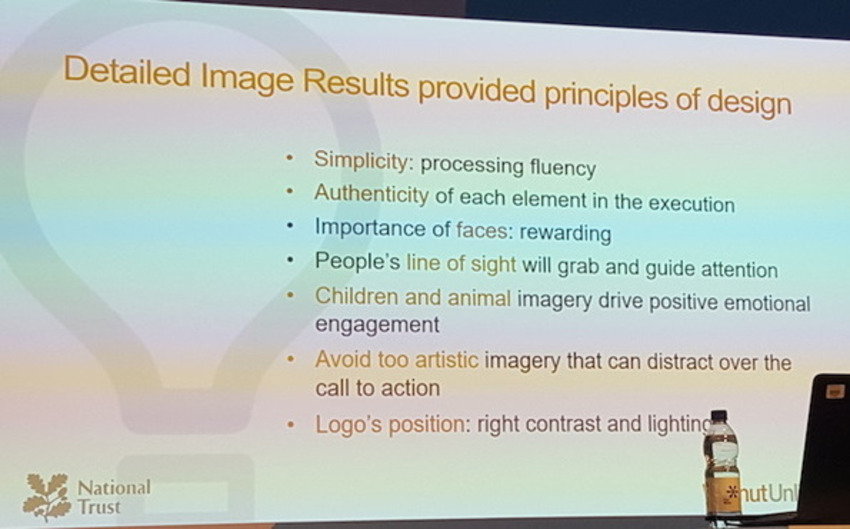
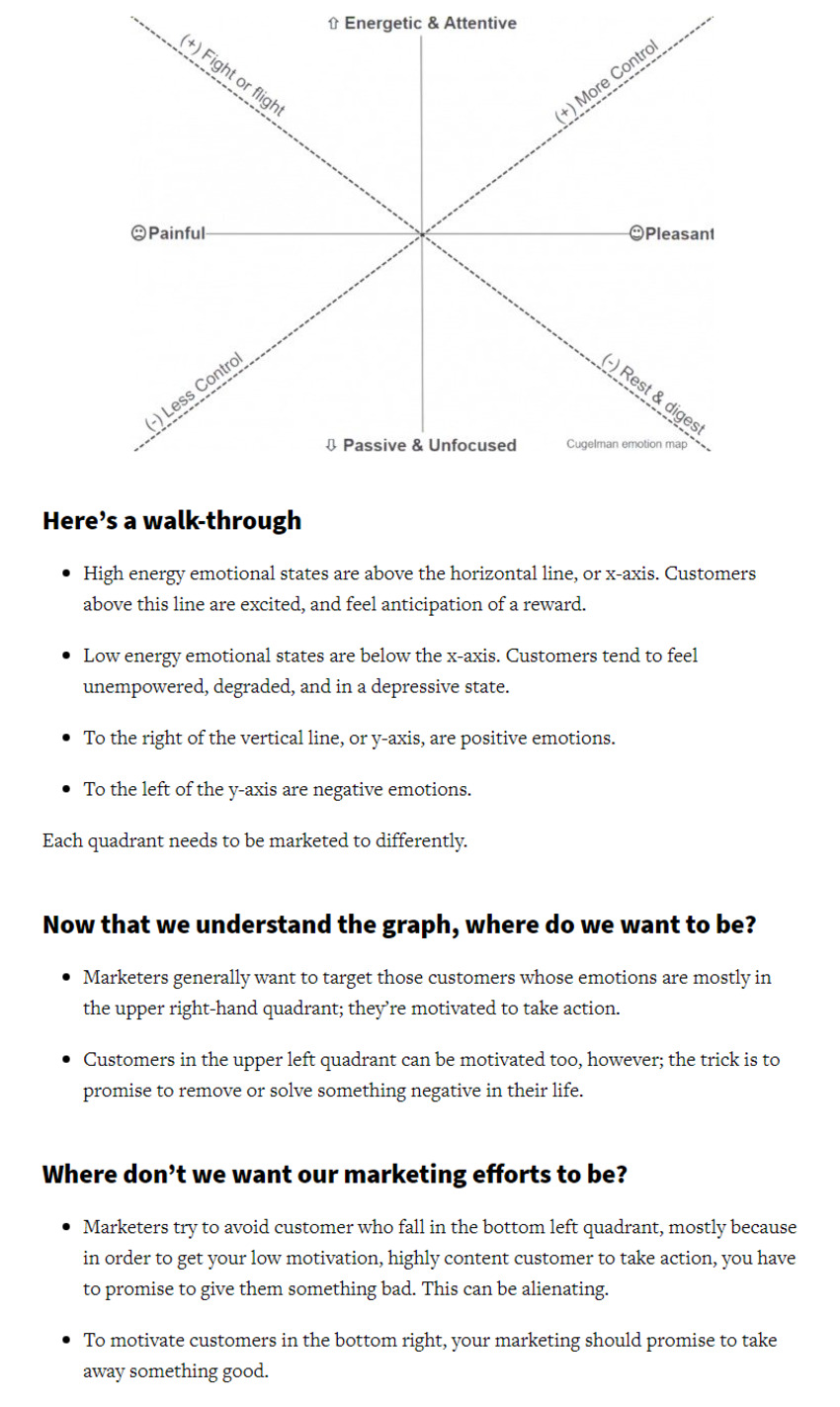
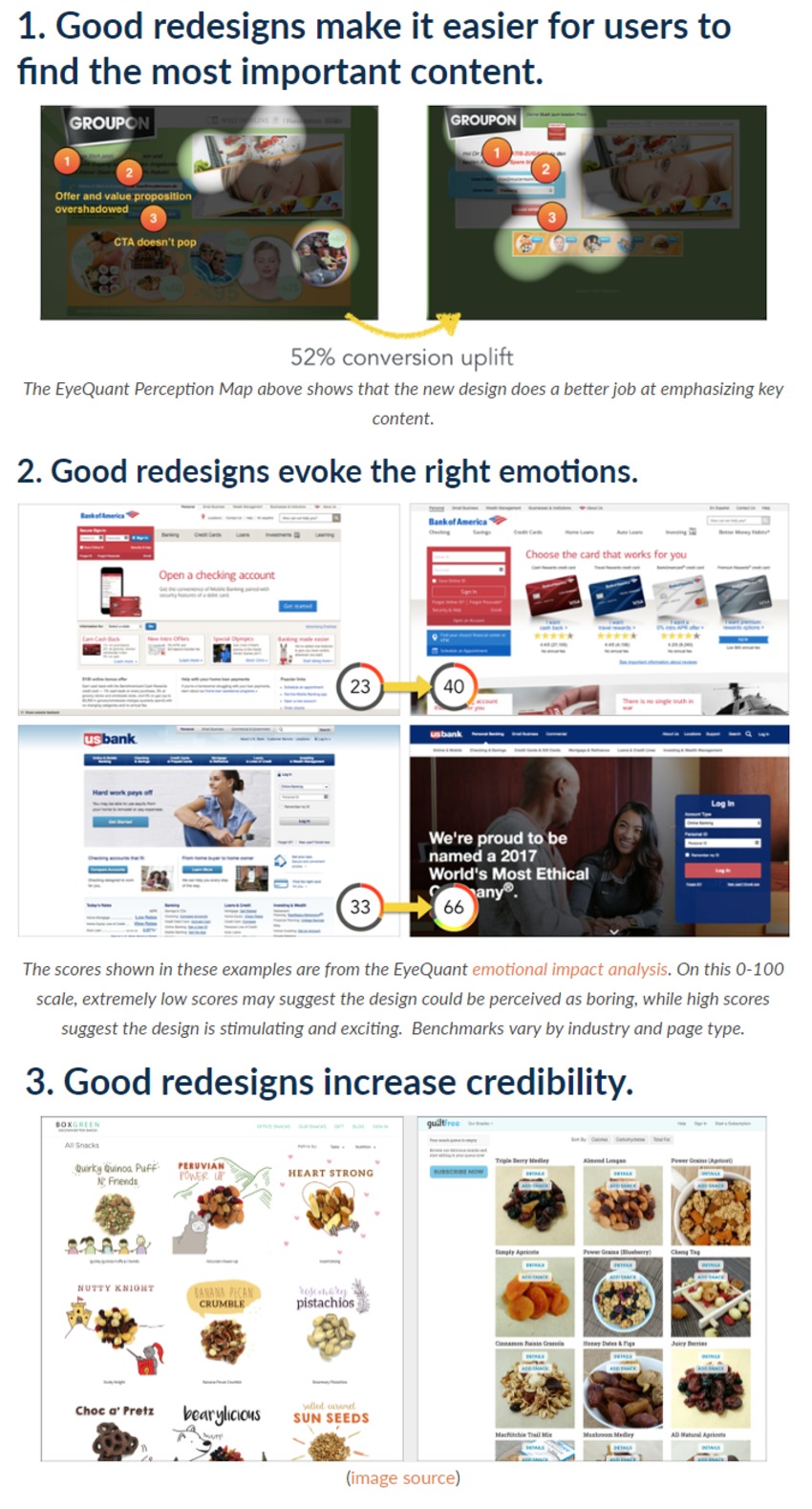

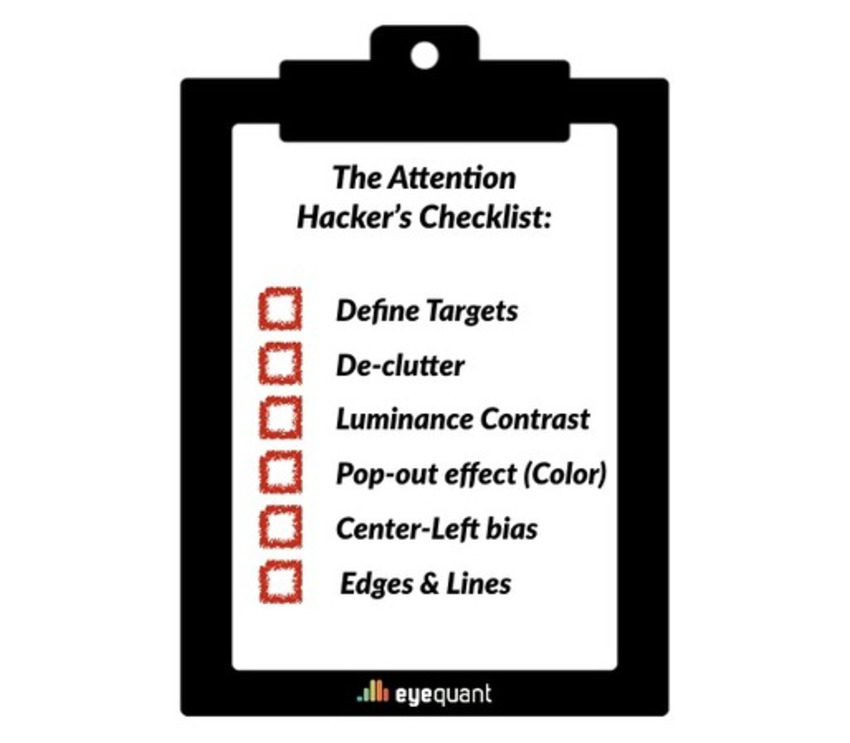

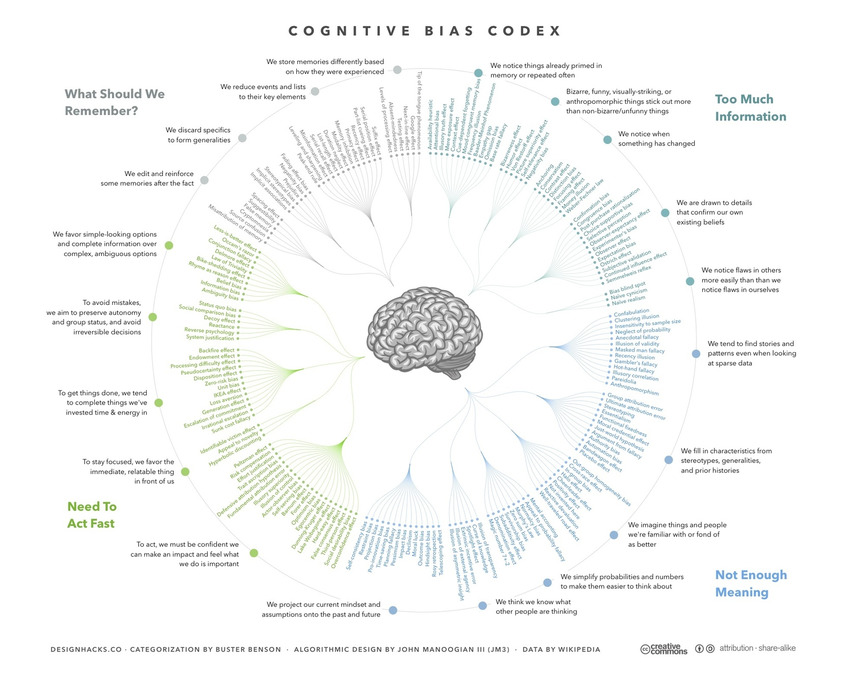

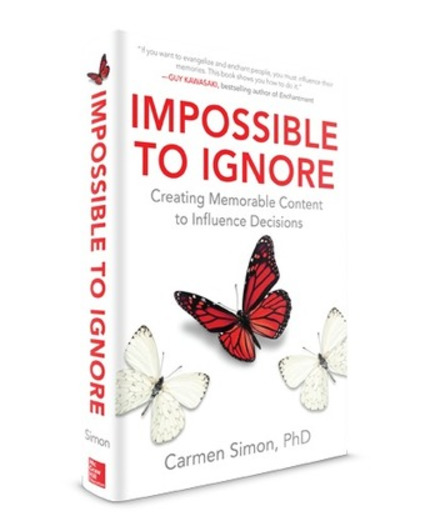


![Your Brain on Video: Use Emotions to Tell Your Brand Story [Infographic] - MarketingProfs | The MarTech Digest | Scoop.it](https://img.scoop.it/IkE2UZRuK2EczUs11nim6vL6dadsvGA8m9WNoVsbzkY=)



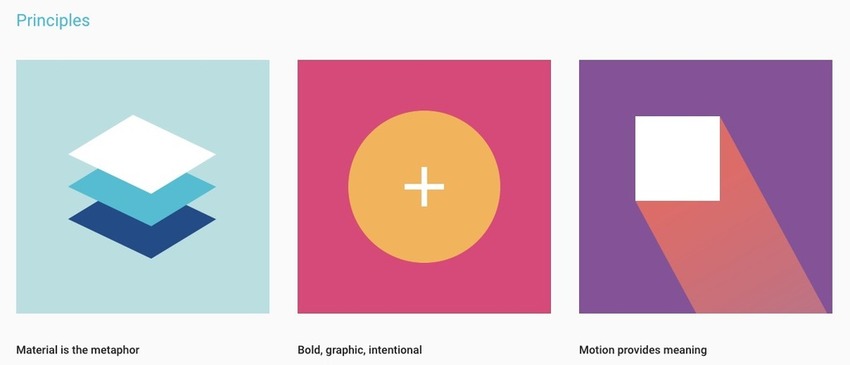
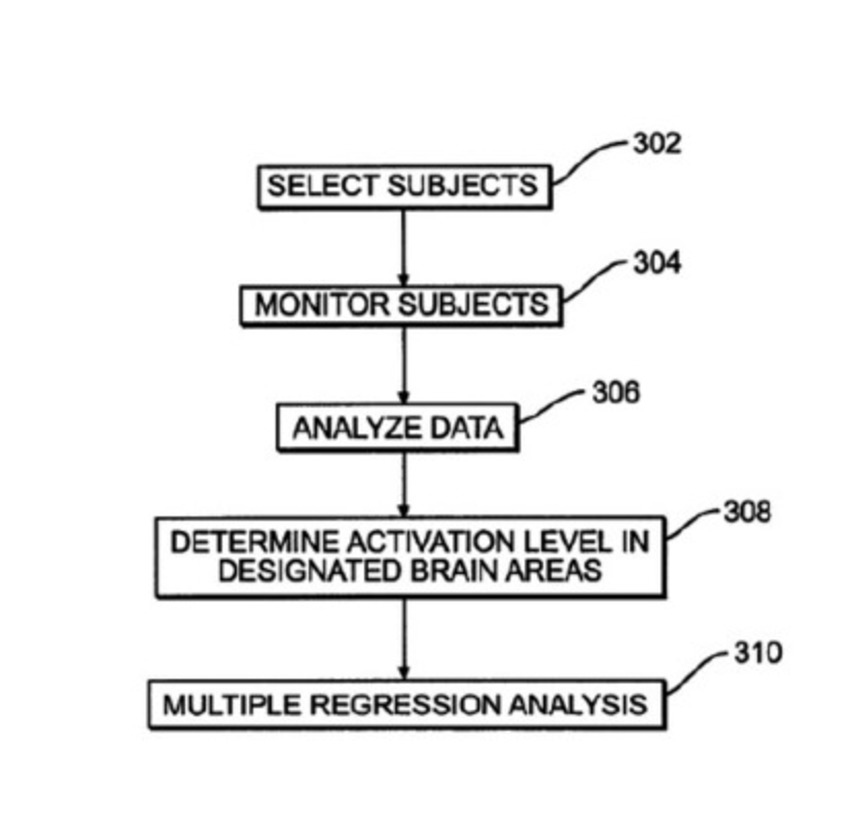

![How Our Brain Processes Different Kinds of Content [Infographic] - Profs | The MarTech Digest | Scoop.it](https://img.scoop.it/7yCjEq6RAhKRvL5pK_HF4fL6dadsvGA8m9WNoVsbzkY=)

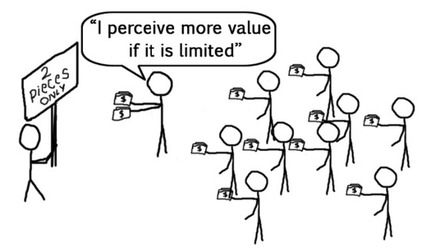







3 elements of landing page psychology you need to know | Smart Insights
Examples when you click through. If you want more information, see the tag "neuromarketing."
This news comes to you compliments of marketingIO.com. #MarTech #DigitalMarketing